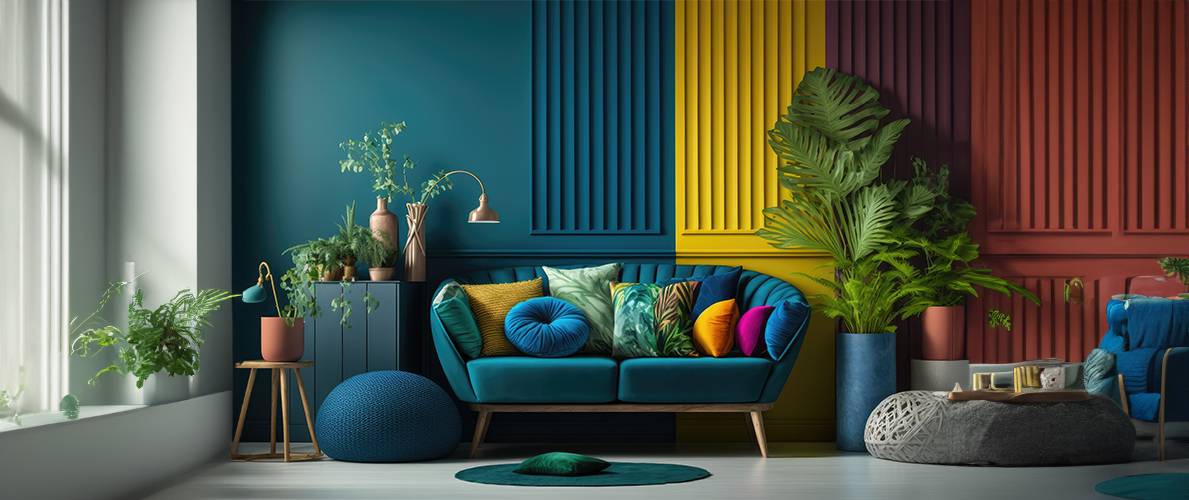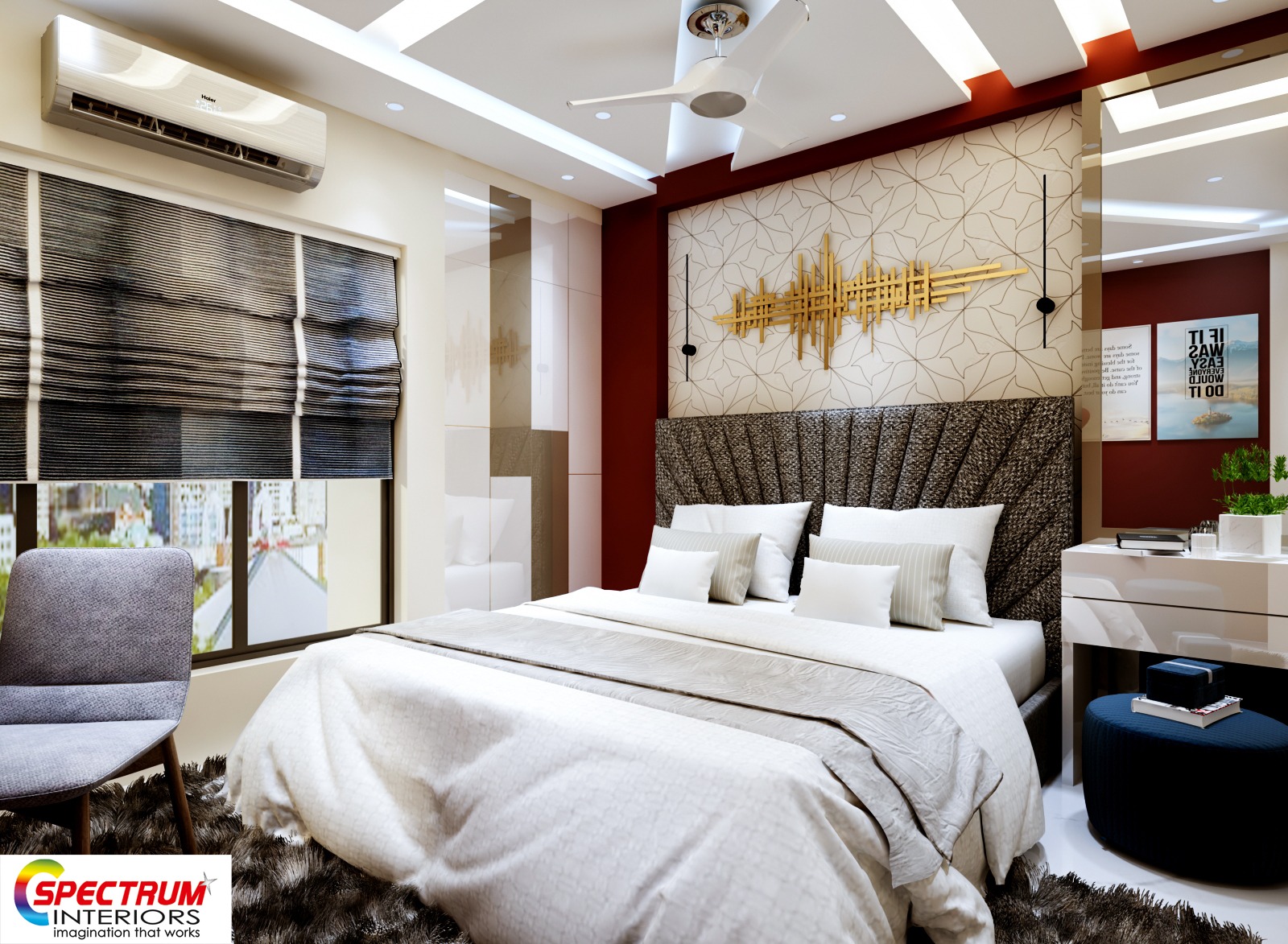Discover luxury interior design that transforms spaces.
Discover luxury interior design that transforms spaces.
Blog Article
Transform Your Home With Essential Principles of Interior Style and Looks
By understanding the impact of color concept and the value of appearance and patterns, one can create rooms that are not just visually appealing however likewise deeply personal. Achieving this stability involves even more than simple decoration; it includes a tactical arrangement and an eager understanding of exactly how each aspect communicates within a space.
Recognizing Color Concept
Understanding the principles of shade concept enables designers to produce rooms that resonate emotionally with passengers while fulfilling useful demands. Each category plays a vital role in developing consistency within a space.
The psychological influence of shades is profound; warm colors such as reds and oranges stimulate power and warmth, while amazing tones like blues and environment-friendlies advertise calmness and serenity. Additionally, making use of corresponding shades enhances visual rate of interest, developing striking contrasts that can boost a space's allure.
Neutral colors, on the other hand, serve as a functional backdrop, allowing other design elements to shine. It is necessary to consider aspects such as illumination and the space's function when choosing a color palette, as these can modify the perception of colors throughout the day.
Inevitably, a well-considered color design can change a space, promoting a sense of convenience and style that aligns with the occupants' choices. Proficiency of color theory is, as a result, a vital ability for any interior designer aiming to create unified and welcoming settings.
Accomplishing Balance in Design
Exactly how can designers attain a sense of stability in their areas? Achieving equilibrium in style is fundamental to producing harmonious interiors.
Unbalanced balance, on the various other hand, depends on differing aspects that still achieve a cohesive appearance. This method enables even more dynamic and informal setups, offering passion while maintaining balance. By thoroughly selecting varying dimensions, shades, and textures, developers can develop an aesthetically compelling room that feels balanced yet energised.
Radial equilibrium emphasizes a main centerpiece with aspects emitting exterior. This style is frequently seen in circular designs, where furnishings and decor develop a natural border that attracts the eye internal.
Eventually, attaining balance requires thoughtful consideration of scale, proportion, and the partnerships in between components. miami luxury interior design. By masterfully using these equilibrium concepts, developers can transform spaces into environments that feel both cosmetically pleasing and functionally unified, enhancing the overall experience for residents
Value of Spatial Understanding

A keen sense of spatial understanding enables designers to determine centerpieces within a room, assisting the visitor's focus to vital attributes while keeping a total feeling of unity. It also aids in the tactical placement of lighting, which can visit this web-site drastically affect the understanding of area and mood. Moreover, comprehending spatial connections allows the designer to deal with the details needs of citizens, making certain that each location serves its intended purpose without endangering aesthetics.
Ultimately, spatial awareness is crucial for taking full advantage of the potential of any kind of interior room. By very carefully thinking about the interplay in between dimensions, format, and function, developers can produce environments that not just satisfy useful needs yet likewise evoke a feeling of comfort and beauty, improving the total living experience.
Integrating Texture and Patterns
Accepting a diverse variety of textures and patterns can dramatically enhance the aesthetic and tactile allure of an interior area. The tactical usage of various products-- such as wood, steel, fabric, and stone-- develops depth and rate of interest, making an area feel extra inviting and dynamic. As an example, combining smooth surface areas with harsh textures can develop a balance that draws the eye and involves the detects.
When incorporating patterns, think about both scale and rep. Large patterns can work as focal factors, while smaller sized, refined designs can complement other elements without overwhelming the area. Layering patterns, such as pairing floral pillows with candy striped tosses, adds intricacy and a feeling of harmony if performed attentively.
It is likewise critical to keep a natural color palette, guaranteeing that textures and patterns work with each other as opposed to complete for interest. By selecting a few vital appearances and patterns, you can produce a linked aesthetic that reflects your individual design while improving the overall ambiance of the area. Ultimately, the careful incorporation of these components can transform an ordinary area right into an advanced environment abundant with character and warmth.
Personalizing Your Room
Producing a space that mirrors your character is important to achieving a truly welcoming atmosphere. Personalization in indoor design permits you to infuse your unique design and rate of interests into your home, transforming it from a mere sanctuary into a haven that talks with that you are. Begin by choosing a shade combination that reverberates with your emotions-- vibrant shades can energize, while soft tones use tranquility.
Integrate artwork and decoration that reflect your interests, whether it be anonymous travel, nature, or abstract principles. Displaying individual collections, such as publications, photos, or keepsakes, can evoke treasured memories and create focal factors within a room. Furthermore, consider personalizing practical pieces, like upholstered furnishings, to line up with your aesthetic preferences.

Conclusion
To conclude, the change of a home via the necessary concepts of interior decoration and looks demands a comprehensive understanding of color theory, equilibrium, spatial recognition, appearance, and customization. Each element adds significantly to producing a harmonious and practical living atmosphere - miami interior design. By thoughtfully integrating these concepts, people can improve the aesthetic charm and psychological vibration of their rooms, ultimately fostering a home that reflects distinct identities while offering comfort and practicality
Report this page